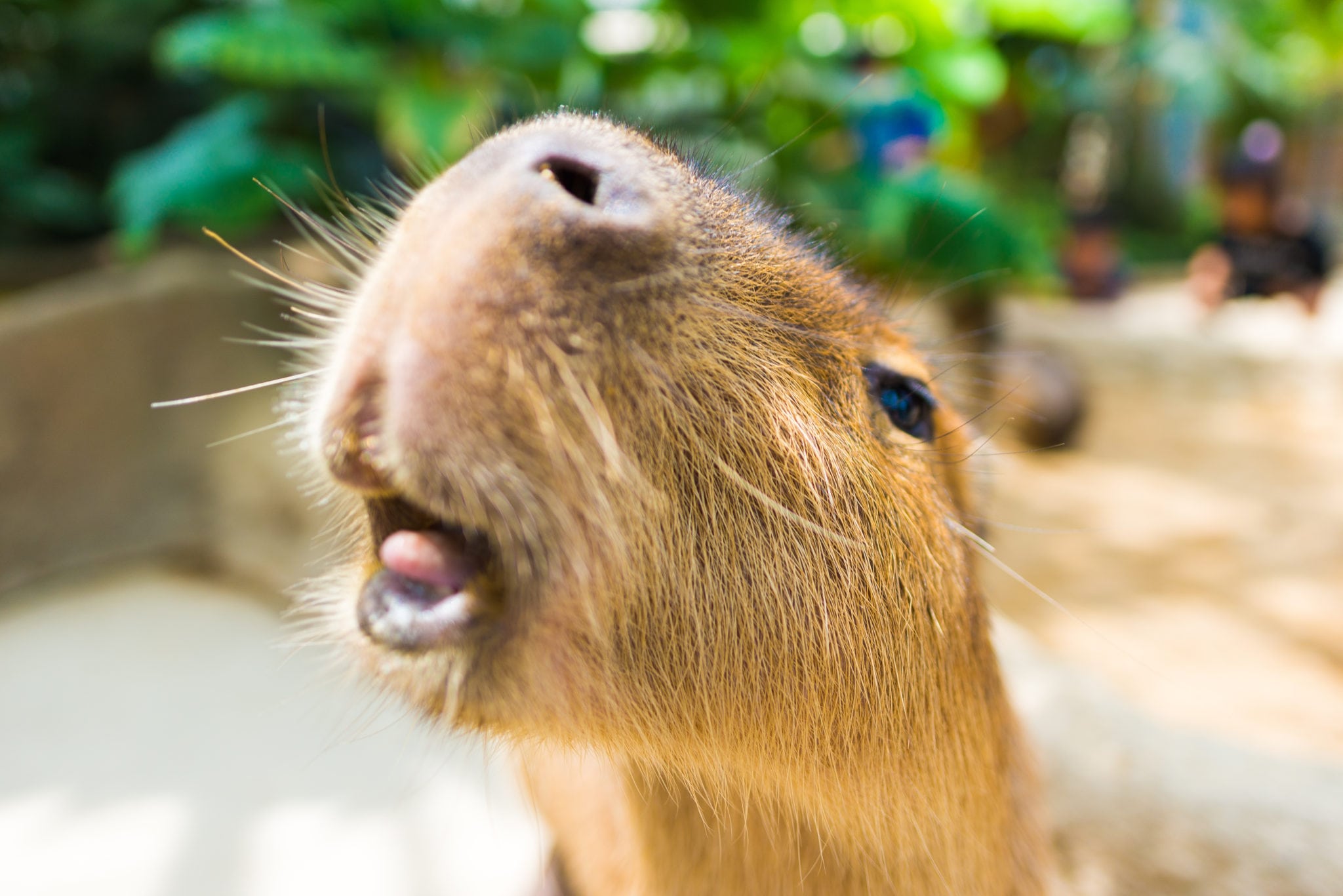
Capybara Mouth
Unfortunately, the answer is yes. In fact, the capybara population is estimated to have declined by 50 percent in the last 40 years, and some estimates suggest that it could become extinct by 2050. Part of this is because of habitat destruction from human development encroaching onto their territory.
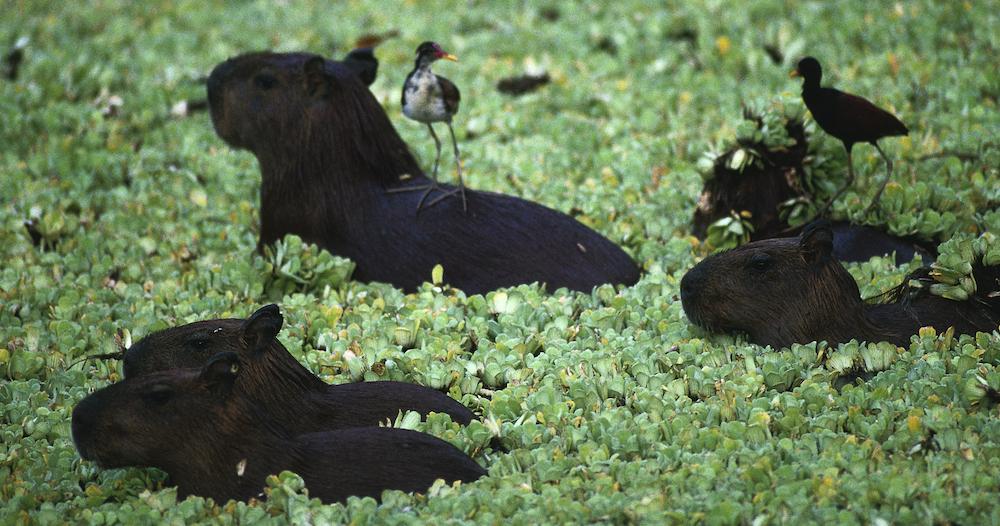
Are Capybaras Endangered? What to Know
Capybaras are the largest rodent species. An adult capybara weighs 60 to 174 pounds, depending on the sex. They measure 3.2 to 4.2 feet in length and measure 1.6 to 2 feet at shoulder height. The.

Care For Us Capybara Wild Welfare
The Endangered Status of Capybaras Background of Capybaras. Capybaras, the largest rodents in the world, have an interesting and unique background. They are native to South America and are semiaquatic creatures that inhabit a variety of habitats, including grasslands, wetlands, and forests. Capybaras have a life span of around 8 to 10 years in.
/GettyImages-528162130-53d0c5076eb14915ade61b5d3021294f.jpg)
8 Surprising Facts About Capybaras
Category: Animals & Nature Also called: carpincho or water hog capybara lesser capybara On the Web: Animalia - Capybara (Jan. 03, 2024) See all related content → Learn how the world's largest rodent escapes jaguars, anacondas, and human predators An overview of the capybara (Hydrochoerus hydrochaeris). See all videos for this article

Are Capybaras Endangered wild
Capybaras, the charming and friendly creatures that resemble giant guinea pigs, have captured the hearts of many animal lovers worldwide. But have you ever wondered if these fascinating animals are endangered?

Are Capybaras Endangered Are They Going Extinct?
Are Capybaras Endangered? The good news is that capybaras are currently not listed as endangered. They fall under the "Least Concern" category on the International Union for Conservation of Nature (IUCN) Red List. This categorization implies that capybara populations are relatively stable, and they do not face an immediate threat of extinction.

Are Capybaras Endangered? What to Know
1. Are capybaras rodents? Capybaras are rodents—and big ones. Their average size is around 108 pounds, about the size of a full-grown wolf. They are the last of many massive grass-eating rodent species that have historically lived in South America.¹ 2. Do capybaras live on land?
Capybara Animal Wildlife
Are Capybaras Endangered? Though listed as "Least Concern" on the International Union for Conservation of Nature List, capybaras have some pretty aggressive predators in the wild. Their natural predators are jaguars, caimans, and anacondas. Ocelots and harpy eagles can also hunt their young.

Brazil Capybara with Pup
No, it's a capybara, the largest rodent in the world! Standing 2 feet (60 centimeters) tall at the shoulder and built somewhat like a barrel with legs, the "capy" has long, light brown, shaggy hair, a face that looks like a beaver's, no tail, and slightly webbed feet.
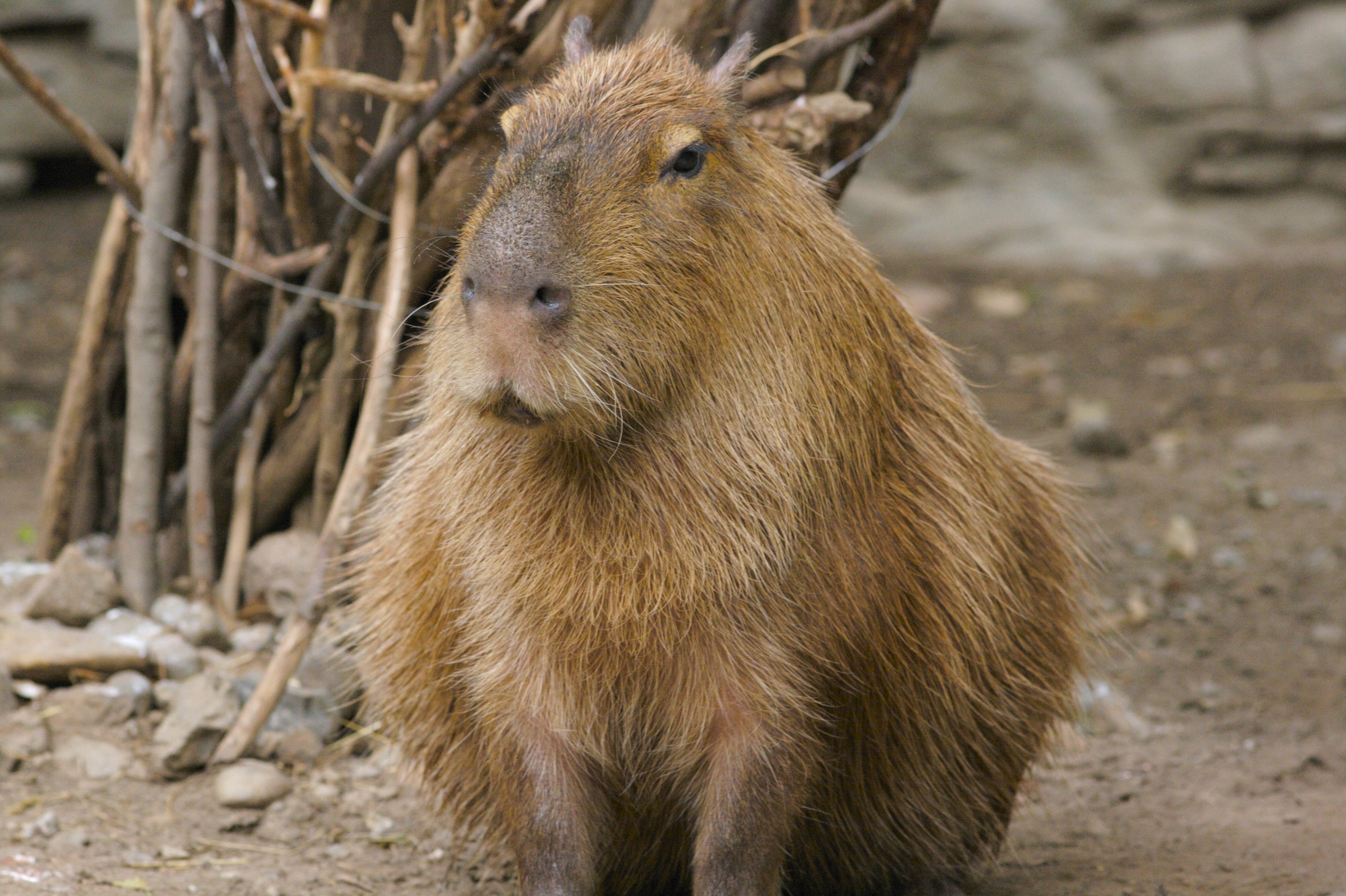
FileCapybara 2.jpg
The capybara isn't endangered and their numbers aren't declining at an alarming rate as feared; their population is still stable. However, their existence is threatened by various factors not limited to poaching, habitat destruction, deforestation, and climate change.
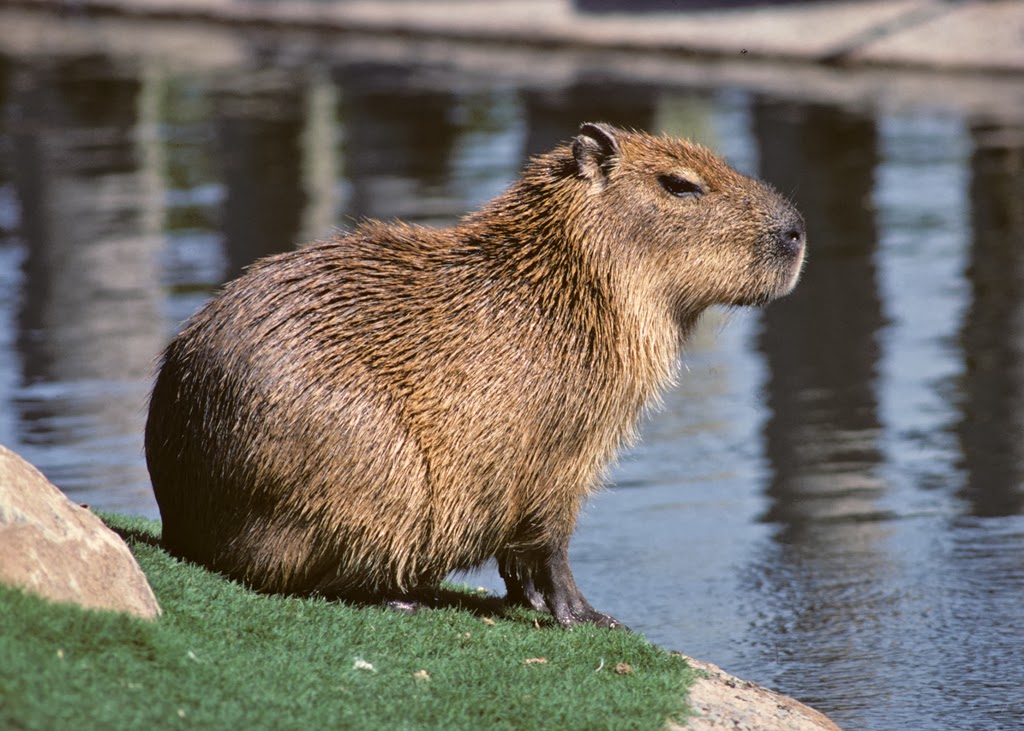
Capybara Animals Amazing Facts & Latest Pictures All Wildlife Photographs
Endangered: Species facing a very high risk of extinction in the wild, with significant declines in population size and distribution. Vulnerable: Species facing a high risk of extinction in the wild, but not to the extent of endangered or critically endangered species.

Are Capybaras Endangered? What to Know
The conservation status and population of capybaras are important factors in determining whether or not they are endangered. Capybaras, the largest rodent species native to South and Central America, currently have a stable population and are classified as "Least Concern" according to The Red List. However, it is worth noting that this.

The Capybara Beautiful Animal Interesting Facts Animals Lover
The truth is, Capybaras are not endangered - They are not going extinct. They're actually classified as "least concern." It's important to note that in some regions, Capybaras have experienced habitat loss and shrinking wild populations. Ranchers and hunters target them for their meat, fur, and even as agricultural pests.

Capybara Facts CRITTERFACTS
EW EX Least Concern Extinct Current Population Trend: Stable You thought the beaver was a rodent of unusual size? The capybara is twice that big —the biggest rodent on Earth. These impressive.
:max_bytes(150000):strip_icc()/GettyImages-527972230-d8401435393948c3a5d81ae64ba98308.jpg)
8 Surprising Facts About Capybaras
1. They're "Terminally Chill" (Credit: Foreverhappy/Shutterstock) Capybaras have a reputation for relaxation. You've probably seen the viral videos of a pelican attempting to chomp on a capybara - for whom it's just another Tuesday - or the ones bathing all day in Japanese hot springs of floating oranges.
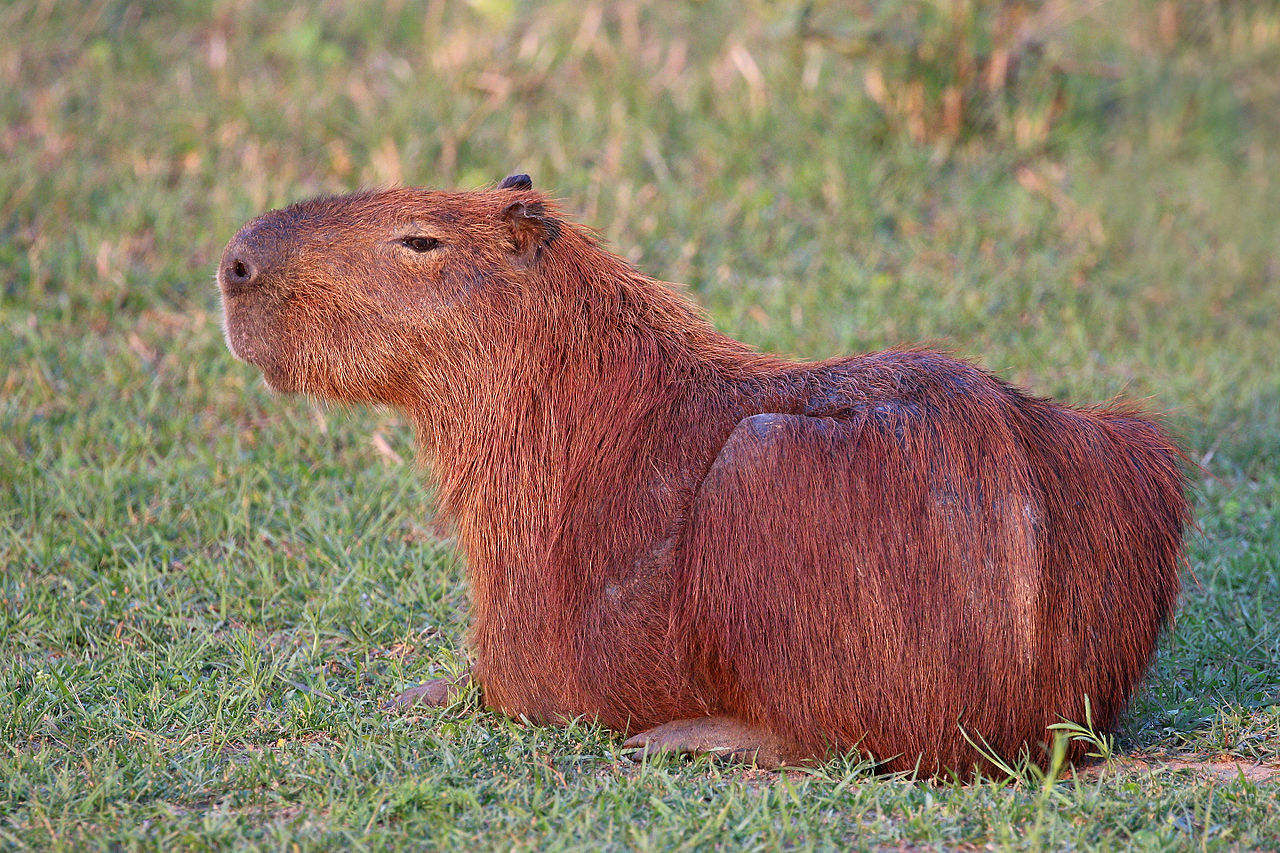
Capybara The Animal Spot
Diet They are herbivores and eat the vegetation that lines water sources and other aquatic plants. An adult capybara can eat 6 to 8 lbs (2.7 to 3.6 kg) of fresh grass a day. They also eat their own poop, which contains beneficial bacteria that helps their stomach to break down the fiber from the grass.